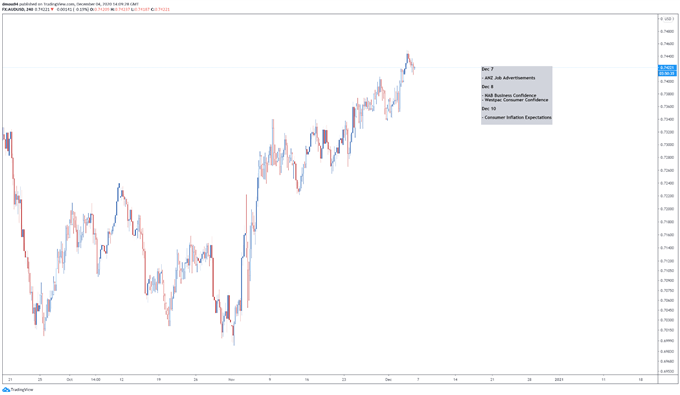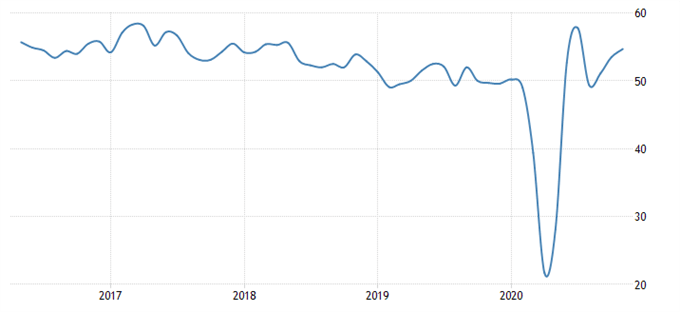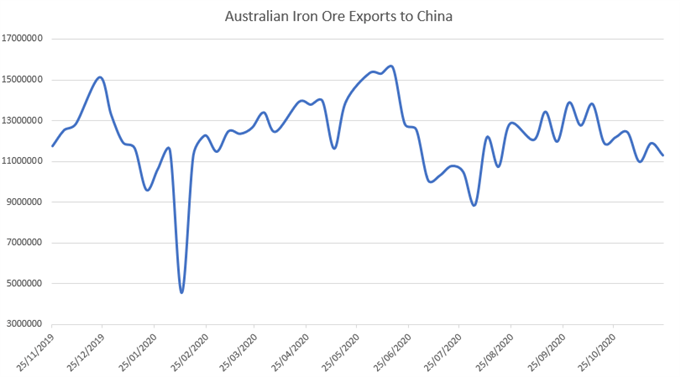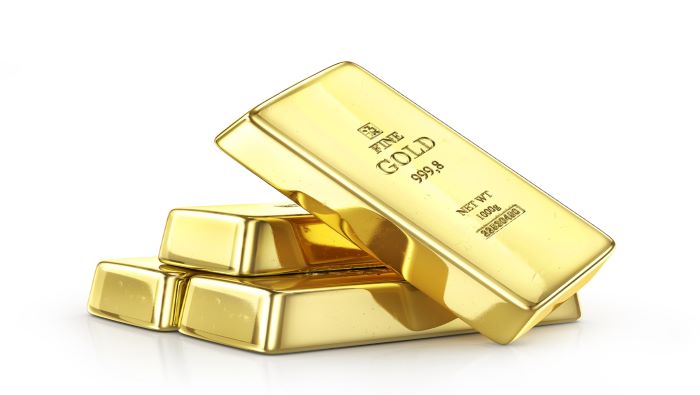
Australian Dollar Fundamental Forecast: Bullish
- Easing coronavirus restrictions may continue to underpin AUD.
- Better-than-expected economic data may sway the RBA to retain its wait-and-see approach in the near term.
- Deteriorating Australia-China relations may undermine the nation’s economic recovery.



Easing Border Restrictions to Underpin AUD
The Australian Dollar looks set to extend its push to fresh yearly highs in the coming week, buoyed by robust economic data and the nation’s progressive return to normalcy.
As mentioned in previous reports, Australia’s successful suppression of the novel coronavirus has allowed states to roll back border restrictions, with the border between the nation’s two most populous states – Victoria and New South Wales – reopening on November 23 after being closed for over 4 months.
Western Australia is also set to open its doors to the rest of the country on December 8. However, Premier Mark McGowan has warned that “if there’s outbreaks over east, we’ll have to put in place new measures”.

Source – Apple Mobility Data
That being said, with only 47 active coronavirus cases nationwide, the probability of a significant outbreak seems relatively minimal. Therefore, the marked easing of restrictions will likely bolster the heavy-hit tourism, travel and services sector and may accelerate the country’s nascent economic recovery.
Indeed, high-frequency data highlights the normalization in resident’s behavior and movement, with all three mobility trends – walking, driving and transit – notably moving higher in recent days. Moreover, the local economy recorded its steepest period of expansion since 1976 in the third quarter, as economic activity resumed following the loosening of social distancing measures.
RBA To Hold Fire on Further Easing
These positive developments may diminish the probability that the Reserve Bank of Australia will adjust its monetary policy settings in the near term.
The RBA delivered what appears to be its last interest rate cut – for the foreseeable future at least – in November, after stating that “the Board is not contemplating a further reduction in interest rates [and] continues to view a negative policy rate as extraordinary unlikely”.
The central bank also noted that “recent economic data have been a bit better than expected and the near-term outlook is better than it was three months ago”.

Source – TradingEconomics
The IHS Markit Composite PMI recorded its third consecutive month of expansion as activity in both the manufacturing and services sectors gathered pace, while the seasonally adjusted unemployment rate nudged up to 7% in October – below consensus estimates of a 7.2% print.
Therefore, Australia’s progressive return to normalcy looks set to fuel a swifter rebound in economic activity and may sway the RBA to keep its monetary policy settings steady in the medium term, opening the door for the local currency to continue moving higher against its haven-associated counterparts.
Escalating Australia-China Trade Tensions Could Upend AUD Rally
However, the marked escalation in tensions between Australia and China could hamper the trade-sensitive currency, after Beijing announced new tariffs of up to 200% on Australian wine exports.
This move builds on a series of targeted measures enforced by Chinese authorities in the last year, with over $20 billion worth of exports falling into the cross hairs. Trade barriers have also been imposed on coal, timber, seafood and barley exports in recent months.
However, Australia’s most valuable export has been left untouched by Beijing, with delivery of iron ore to the world’s second largest economy continuing at a healthy rate.Of course, iron ore could prove to be a future target given recent comments from a Chinese government official in Canberra, warning that “China is angry. If you make China the enemy, China will be the enemy”.

Data source – Bloomberg
The comments coming shortly after the Chinese embassy released a dossier of 14 grievances to local news outlets, in what seems to be a political play to pressure the Federal government into reversing its position on several key issues.
The disputes ranging from Prime Minister Scott Morrison’s calls for an independent investigation into the origins of Covid-19 to Australia’s condemnation of Beijing’s actions in Hong Kong and Xinjiang.Clearly, this volatile situation could threaten to upend Australia’s nascent economic recovery and has seen Treasurer Josh Frydenberg call for a return to “respectful and beneficial” dialogue between the two nations.
Nevertheless, with iron ore seemingly safe for the time-being, AUD may continue to benefit from the historic surge in the price of the metallic rock and consistent Chinese demand.

Iron ore futures daily chart created using Tradingview
-- Written by Daniel Moss, Analyst for DailyFX
Follow me on Twitter @DanielGMoss







